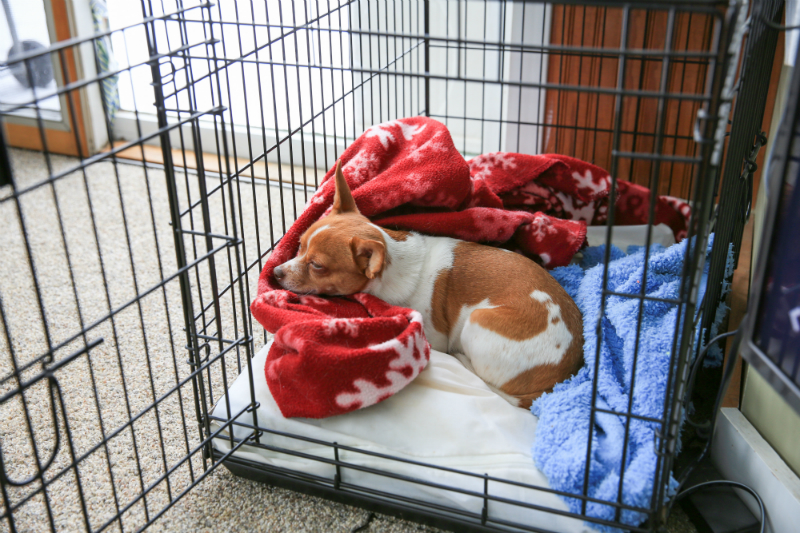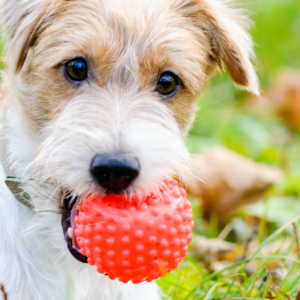Crate training is essential and beneficial for your dog. A crate should never be used as a punishment; it should be a positive and safe place for your dog to be. Keep in mind; crate training can take weeks to months, depending on your dogs’ temperament, age and past experiences.
Selecting a Crate
There are different types of crates, collapsible wire crates, plastic crates or soft-sided crates. Regarding the size of the crate, you don’t want to get something that’s too small nor too big. Your dog must be able to stand up, turn around and lay down comfortably. For puppies, collapsible wire crates that come with a divider are great. If your puppy’s crate is too big it will allow him/her to eliminate in one corner and lay in another corner; it is best to use the divider to make the crate smaller to avoid this. Collapsible wire crates that have two doors are a great training tool because they give the dog more options, it may make them feel safer if they are uncomfortable with the crate or had a bad experience in the past.
The Principles of Crate Training
When introducing your dog to the crate, take your time and have lots of treats available, make sure you put the crate in a family room such as the living room so your dog can visibly see you from inside the crate. Open the crate door, let your dog smell and investigate the crate. When your dog smells or steps in the crate give him a treat. You may drop some yummy treats inside the crate and let your dog take his time. Once your dog can go in the crate on his own, give him a nice toy to keep him busy and close the door. An excellent idea for a toy would be a Frozen Kong with either pumpkin, peanut butter, or you can be creative! Always reward your dog for being quiet in the crate, although ignore him when he is crying or whining. Make sure you do not put your dog in a crate and leave him alone for an extended period of time, start with having your dog in the crate while you are home and slowly increase the time that you’re gone to not startle your dog and make it a negative experience.
Written by Ashley Atkinson, VT




